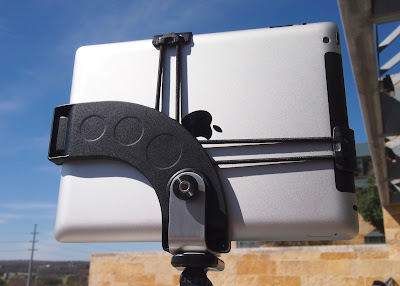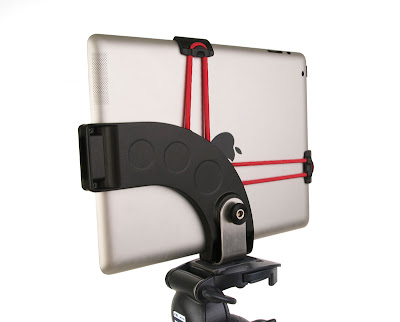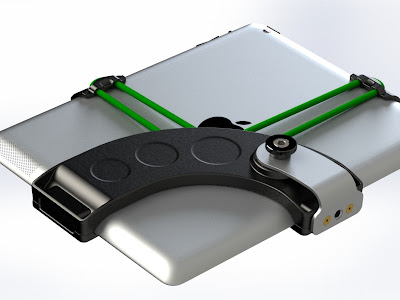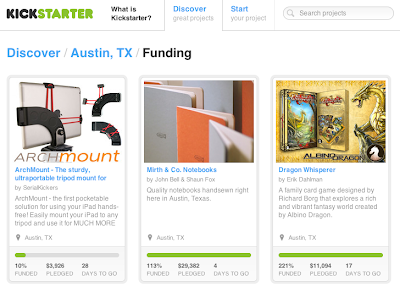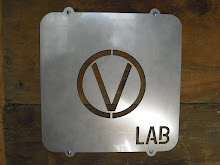The Archmount was born
So I set to work fleshing-out the design using Solidworks.
Initially I concentrated only only producing a "Proof of Concept" design, one that had all the functional geometry and basic constraints we'd be using. Here is that first design in CAD and a 3D printed model:
About this time, we became friends with Aaron, A Professor at UTA that became our defacto project manager and all-around helpful guy.
Well, the proof-of-concept model worked great, but we still had a lot to figure out, mainly how to manufacture this product in quantity? Good old fashioned injection-molding seemed to be the way since few would be willing to buy a $300 3D printed product, So the iterative process started, RevA, RevB, RevC..
Of course, prototyping and testing at each level and learning more about injection mold design than I ever thought possible, ultimately settling on a simple-to-mold design that had no "side-actions" or complicated geometry that tends to increase the cost of mold tooling.
We really "went to school" on the process of bringing a product to the market, The Archmount pushed our skills further and further each step, CAD, Marketing, Project Management, Sourcing, Cost Analysis, you name it, we pushed ourselves.
Here is the final result:
We really felt like we had a great product, but reality set in.
The reality is that contracting for injection molding is serious $$, not to mention that the market for iPad mounts is already very crowded. We certainly didn't have the tens of thousands of dollars needed to produce and market the Archmount and getting a loan for that is next to impossible so we turned to Kickstarter.
Turns out we didn't reach our funding goal, but I don't think that's necessarily a bad thing, It showed us this product would sell in lower numbers than we originally thought, at least with our marketing budget of essentially zip. Also, we needed a pretty large sum of money to tool-up, produce, assemble, package and ship about 1000 units and we had almost no "bootstrap" money to supplement that.
In hind-sight I think we could have produced and sold a couple thousand of these if we had tried a different strategy and were more timely in our campaign but the clock has pretty much run out on this on.
All-in all, working on this project was a real joy and we got so much out of it despite not going into production, we honed our skills immensely, pushed ourselves to learn skills that we'd otherwise wouldn't have and met so many helpful and encouraging people along the way.
I'd call it a "Partial Success".
Learn more about Archmount at SerialKickers.com


